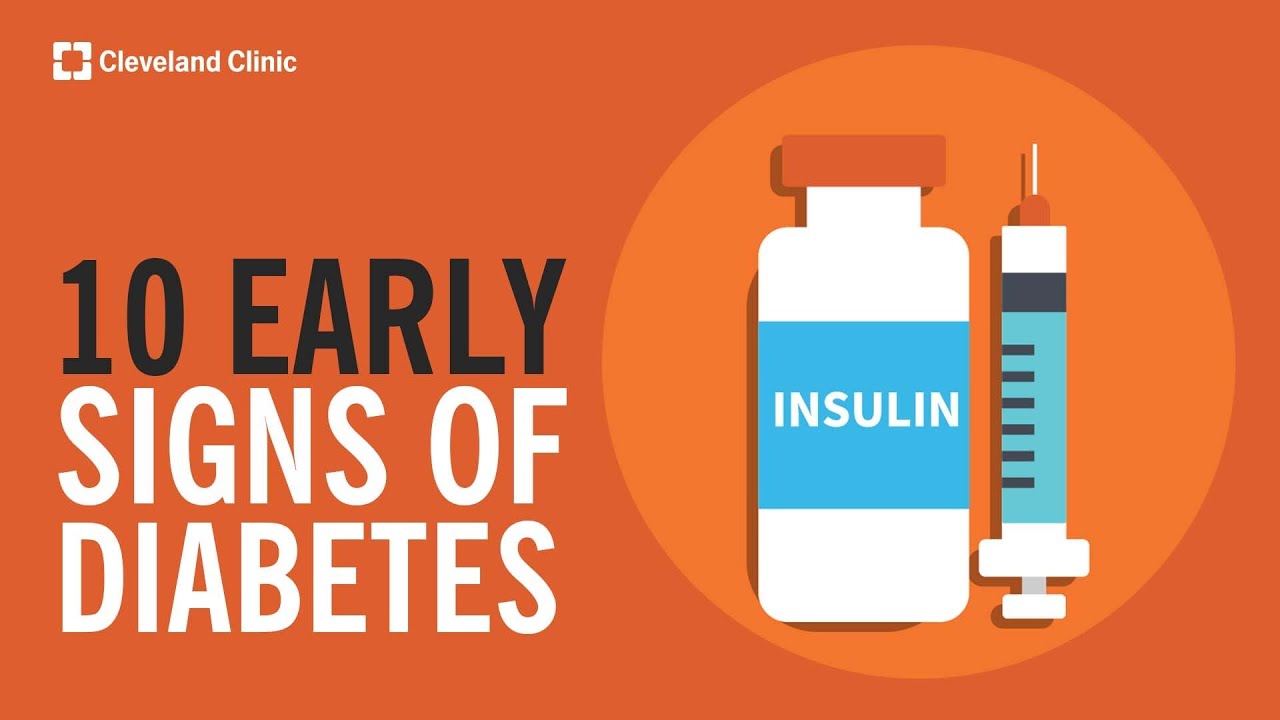Androgen deprivation therapy tied to diabetes but not to heart disease
Reuters Health • The Doctor's Channel Daily Newscast
Although multiple trials have examined cardiovascular risk associated with androgen deprivation therapy (ADT), results have been inconsistent. “As such,” Dr. Shabbir M. H. Alibhai and associates write, “these results have collectively created tremendous uncertainty in the clinical community.”
To clarify these issues, Dr. Alibhai, from the University Health Network in Toronto, and associates conducted a propensity-matched analysis using data from five linked Canadian databases. The study cohort consisted of men age 66 years and older diagnosed with prostate cancer between 1995 and 2005.
Included were 19,079 men, mean age 75 years, who had received at least 6 months of continuous medical ADT or who underwent bilateral orchiectomy, and a similar number of matched controls, i.e., men with prostate cancer who had never received ADT.
During a median follow-up of 6.5 years, the report indicates, “there was no evidence to suggest earlier time to MI or sudden cardiac death among ADT users.”
However, among ADT users and nonusers, respectively, rates of incident diabetes were 7.1% and 6.0% (adjusted hazard ratio 1.26, p < 0.001). The hazard ratio for fragility fractures was 1.65 among ADT users (p < 0.001).
ìThese results should help clinicians in discussing the risks of ADT with their patients,î Dr. Alibhaiís team concludes.
In a related editorial, Dr. William Dale from the University of Chicago calls this study “the highest quality data to appear to date on the impact of ADT on the incidence of diabetes.”
As to the negative findings for heart disease, he suggests that physicians likely prescribe ADT to patients who are at a lower risk for CVD events.
Given the wide-ranging effects of ADT on older men, Dr. Dale recommends that “its use should be integrated into an overall treatment approach that considers remaining life expectancy (not simply age), comorbidities, and functional losses.”
He adds: “In short, while we always stage and grade the cancer in choosing cancer therapies, we should also ‘stage and grade the aging’.”








